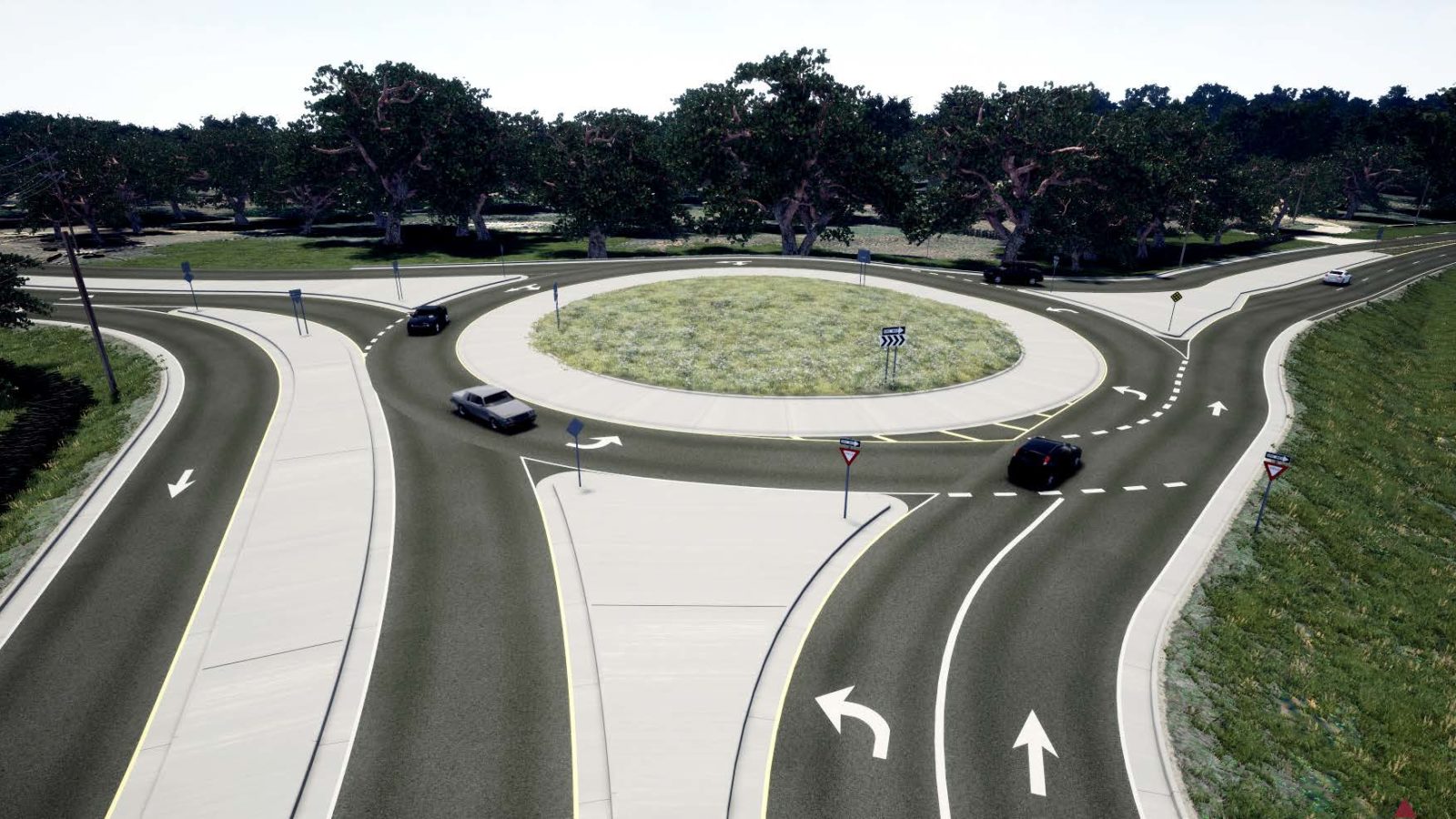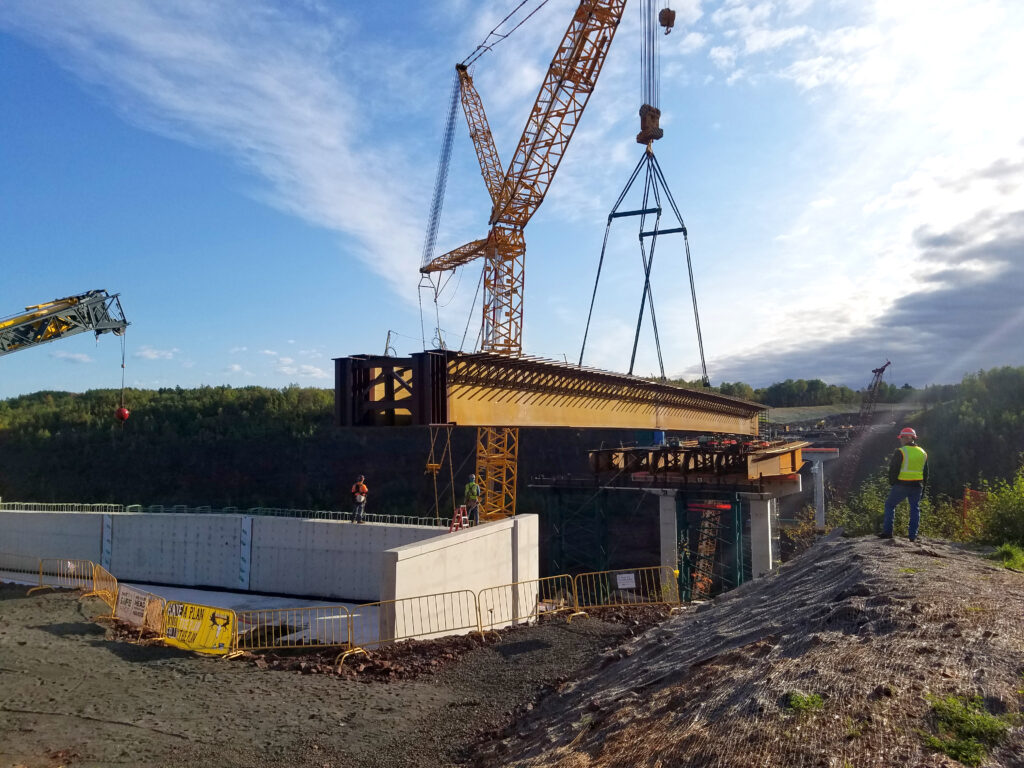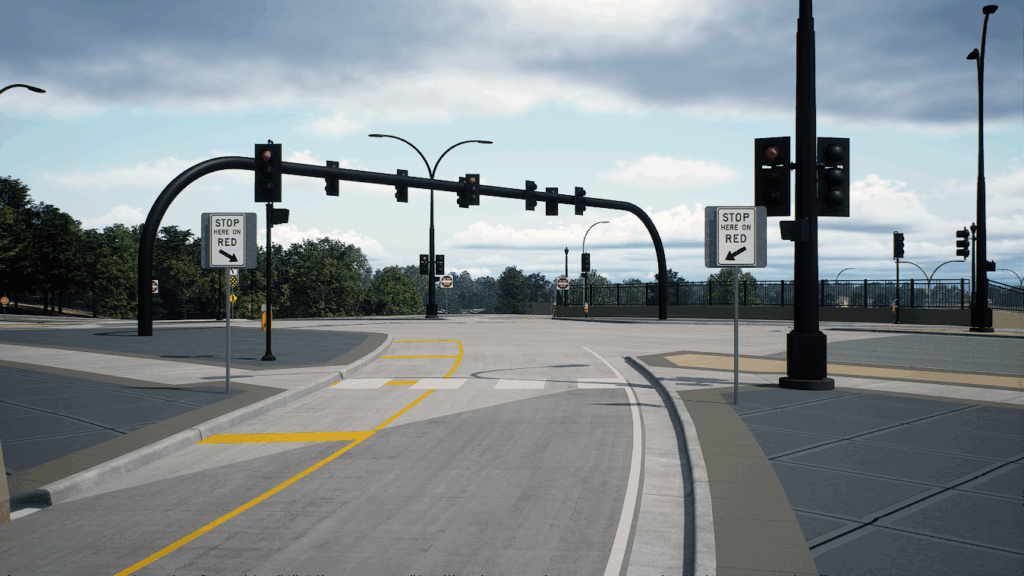What does the popular online video game Fortnite and WSB have in common? Active 3D visualization.
Visualization is the process of building a model of a project site that can aid in the iterative design process and construction of a project. The technology has been used for decades and can be categorized as passive or active.
Passive visualizations are 3D visualizations that have been created from individually rendered frames and cannot be updated in real time. The supplemental tools to work on a passive visualization are filters and photoshop. The process of designing a project through passive visualization is inefficient and expensive. That’s why, in 2017, the technologically advanced engineering firms, including WSB, moved towards active visualization. Active visualizations allow us to produce project renderings in real time and make edits to those renderings in seconds. The software engine and graphics cards we use to create active or real-time visualizations at WSB are the same technology used for developing industry leading games.
Active visualizations can be used to create renderings on several different project types. From landscaping to transportation, any project with a design phase can take advantage of the state-of-the-art technology. This is important because active visualization can offer several benefits including realism, flexibility and certainty.
Realism
Until active visualization software was created for Fortnite, the engineering industry relied on passive visualizations and its tools. The visualizations looked fine but were not realistic. Consider a municipal client who may be interested in rebuilding three blocks of their downtown. Within an active visualization, a client can pick a place anywhere in the three-block radius and “walk” through the town with the use of only a computer and a mouse or keyboard. They can see the color of the buildings, the species of the trees and flowers planted alongside the sidewalks and even review the various concrete dyes within the scene, all within real-time, and all while changing the time of day to review color hues.
Flexibility
A client gets a clear picture of what those new three city blocks will look like because of the realism of the designs and that influences flexibility. Active visualization is flexible because the software allows a designer to make changes in seconds. For example, if a client did not like the color of the buildings in the rendering, a designer can change it in real time. This is great for trying new and different ideas. It can also help a client save money by making clear decisions about other design elements before ordering materials such as light poles, wayfinding signage, flowers and trees or other design elements.
Certainty
Active visualization allows a client to make quicker decisions in a design so they are certain they will be happy with the result. The certainty for the client also helps build trust during public engagement processes. The realism and flexibility of the renderings lead to less interpretation by a viewer, whether they are a client or community member.
Active visualization has become the standard at WSB for municipal and landscape architecture projects and will no doubt start to be used for other projects soon. The benefits of realism, flexibility and certainty help ensure each project is delivered on time, on budget and at the highest quality.




